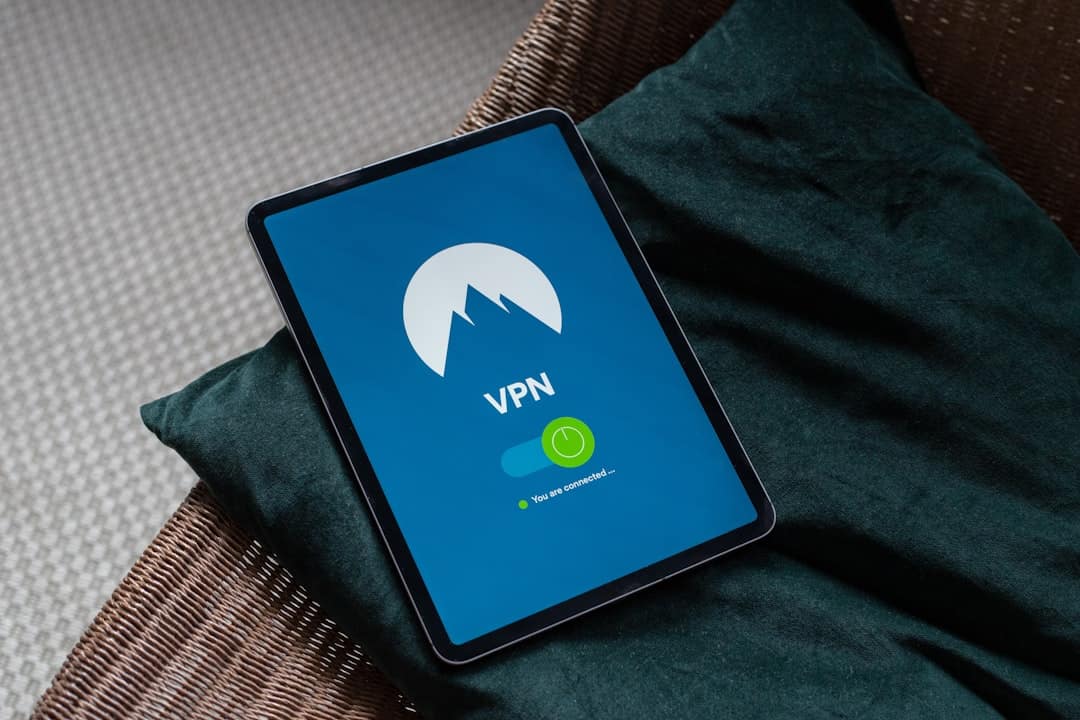Zero-day attacks are cybersecurity threats that exploit previously unknown vulnerabilities in computer systems or software applications. These attacks are termed “zero-day” because they occur on the same day the vulnerability is discovered, leaving no time for developers to create and implement a fix. This immediacy makes zero-day attacks particularly dangerous, as they can cause significant damage to an organization’s systems and data without warning.
These attacks can manifest in various forms, including malware, ransomware, and phishing attempts. They may be initiated through email attachments, malicious websites, or even physical access to computer systems. Once a vulnerability is exploited, attackers can gain unauthorized access, steal sensitive information, or disrupt normal system operations.
To defend against zero-day attacks, organizations must adopt a proactive approach to identifying and addressing vulnerabilities in their systems and applications. This requires a comprehensive understanding of zero-day attack mechanisms and their potential impacts. By staying informed about emerging security threats and vulnerabilities, organizations can implement measures to mitigate the risk of zero-day attacks and safeguard their systems and data.
Key Takeaways
- Zero day attacks are cyber attacks that target vulnerabilities in software that are unknown to the software developer and have not been patched.
- Identifying vulnerabilities in software and systems is crucial in preventing zero day attacks.
- Implementing security measures such as firewalls, encryption, and access controls can help protect against zero day attacks.
- Educating employees about the risks of zero day attacks and how to recognize suspicious activity can help prevent successful attacks.
- Regularly updating software and systems with the latest patches and security updates is essential in mitigating the risk of zero day attacks.
- Utilizing intrusion detection systems can help detect and respond to zero day attacks in real time.
- Creating a response plan for zero day attacks can help minimize the impact and recover from an attack more effectively.
Identifying Vulnerabilities
Vulnerability Identification through Security Assessments
One way to identify vulnerabilities is through regular security assessments and penetration testing. These tests involve simulating real-world cyber attacks to identify weaknesses in a system’s defenses. By conducting regular security assessments, organizations can proactively identify and address vulnerabilities before they can be exploited by attackers.
Staying Informed about Security Threats
Another important aspect of identifying vulnerabilities is staying informed about the latest security threats and vulnerabilities. This includes monitoring security advisories from software vendors, security researchers, and industry organizations. By staying informed about the latest security threats, organizations can take proactive measures to protect their systems and data from zero day attacks.
Proactive Measures against Zero Day Attacks
By combining regular security assessments with staying informed about the latest security threats, organizations can take a proactive approach to protecting against zero day attacks. This includes identifying and addressing vulnerabilities before they can be exploited, as well as staying ahead of emerging threats.
Implementing Security Measures

Once vulnerabilities have been identified, it is important to implement security measures to protect against zero day attacks. This can include implementing strong access controls, using encryption to protect sensitive data, and deploying intrusion detection systems to monitor for suspicious activity. Access controls are an important part of protecting against zero day attacks.
By limiting access to sensitive systems and data, organizations can reduce the risk of unauthorized access and data breaches. This can include using strong passwords, multi-factor authentication, and role-based access controls to ensure that only authorized users have access to sensitive information. Encryption is another important security measure for protecting against zero day attacks.
By encrypting sensitive data, organizations can protect it from unauthorized access in the event of a zero day attack. This can include using encryption for data at rest, data in transit, and data in use to ensure that sensitive information remains secure at all times. Intrusion detection systems are also an important tool for protecting against zero day attacks.
These systems monitor network traffic and system activity for signs of suspicious behavior, such as unauthorized access attempts or unusual network traffic patterns. By deploying intrusion detection systems, organizations can quickly identify and respond to zero day attacks before they can cause significant damage.
Educating Employees
| Training Topic | Number of Employees Trained | Training Hours |
|---|---|---|
| Workplace Safety | 150 | 300 |
| Diversity and Inclusion | 200 | 400 |
| Customer Service | 180 | 360 |
One of the most important aspects of protecting against zero day attacks is educating employees about the risks and best practices for cybersecurity. Employees are often the first line of defense against cyber attacks, so it is important that they are aware of the potential risks and how to protect against them. Employee training should include information about the latest security threats and how to recognize potential zero day attacks.
This can include training on how to identify phishing emails, how to use strong passwords, and how to report suspicious activity to the IT department. In addition to training, organizations should also have clear policies and procedures in place for handling sensitive information and responding to security incidents. This can include guidelines for handling sensitive data, reporting security incidents, and responding to potential zero day attacks.
By educating employees about the risks and best practices for cybersecurity, organizations can help create a culture of security awareness that can help protect against zero day attacks.
Regularly Updating Software
Regularly updating software is an important part of protecting against zero day attacks. Software updates often include patches for known vulnerabilities, so by keeping software up to date, organizations can reduce the risk of exploitation by attackers. This includes not only operating system updates but also updates for third-party software applications and web browsers.
Attackers often target popular software applications with known vulnerabilities, so it is important to keep all software up to date to protect against potential zero day attacks. In addition to regular updates, organizations should also consider using automated patch management tools to ensure that software updates are applied in a timely manner. These tools can help streamline the patch management process and ensure that critical updates are applied as soon as they become available.
By regularly updating software, organizations can reduce the risk of zero day attacks and protect their systems and data from potential harm.
Utilizing Intrusion Detection Systems

Intrusion detection systems are an important tool for protecting against zero day attacks. These systems monitor network traffic and system activity for signs of suspicious behavior, such as unauthorized access attempts or unusual network traffic patterns. There are two main types of intrusion detection systems: network-based intrusion detection systems (NIDS) and host-based intrusion detection systems (HIDS).
NIDS monitor network traffic for signs of suspicious activity, while HIDS monitor individual systems for signs of unauthorized access or unusual behavior. By deploying intrusion detection systems, organizations can quickly identify and respond to zero day attacks before they can cause significant damage. This can include automatically blocking suspicious network traffic or alerting IT staff to potential security incidents.
In addition to intrusion detection systems, organizations should also consider using intrusion prevention systems (IPS) to actively block potential zero day attacks. IPS can automatically block suspicious network traffic or take other actions to prevent potential security incidents from occurring. By utilizing intrusion detection systems and intrusion prevention systems, organizations can proactively protect against zero day attacks and reduce the risk of exploitation by attackers.
Creating a Response Plan
In addition to implementing security measures, organizations should also have a clear response plan in place for handling potential zero day attacks. This plan should outline the steps that will be taken in the event of a security incident, including how to contain the attack, mitigate the damage, and restore normal operations. The response plan should also include guidelines for communicating with employees, customers, and other stakeholders about the incident.
This can include providing regular updates about the status of the incident and steps that are being taken to address it. In addition to having a response plan in place, organizations should also conduct regular security drills and tabletop exercises to test their response capabilities. This can help identify any gaps in the response plan and ensure that all staff are familiar with their roles and responsibilities in the event of a security incident.
By creating a response plan and conducting regular security drills, organizations can be better prepared to respond to potential zero day attacks and minimize the impact on their systems and data.
FAQs
What is a zero day attack?
A zero day attack is a cyber attack that exploits a previously unknown vulnerability in a computer application or system. These attacks are called “zero day” because they occur on the same day that the vulnerability is discovered, giving the targeted organization zero days to prepare or defend against the attack.
How can zero day attacks be prevented?
Preventing zero day attacks involves a combination of proactive measures, such as keeping software and systems up to date with the latest security patches, using intrusion detection systems, implementing network segmentation, and conducting regular security audits and assessments.
Why are zero day attacks difficult to defend against?
Zero day attacks are difficult to defend against because they exploit vulnerabilities that are not yet known to the software vendor or the security community. This means that traditional security measures, such as antivirus software and firewalls, may not be effective in detecting or preventing these attacks.
What are some best practices for preventing zero day attacks?
Some best practices for preventing zero day attacks include implementing a strong patch management process, using application whitelisting to control which programs can run on a system, conducting regular security training for employees, and staying informed about the latest security threats and vulnerabilities.
What role does threat intelligence play in preventing zero day attacks?
Threat intelligence can play a crucial role in preventing zero day attacks by providing organizations with up-to-date information about emerging threats and vulnerabilities. This information can help organizations proactively identify and mitigate potential risks before they are exploited in an attack.











Leave a Reply